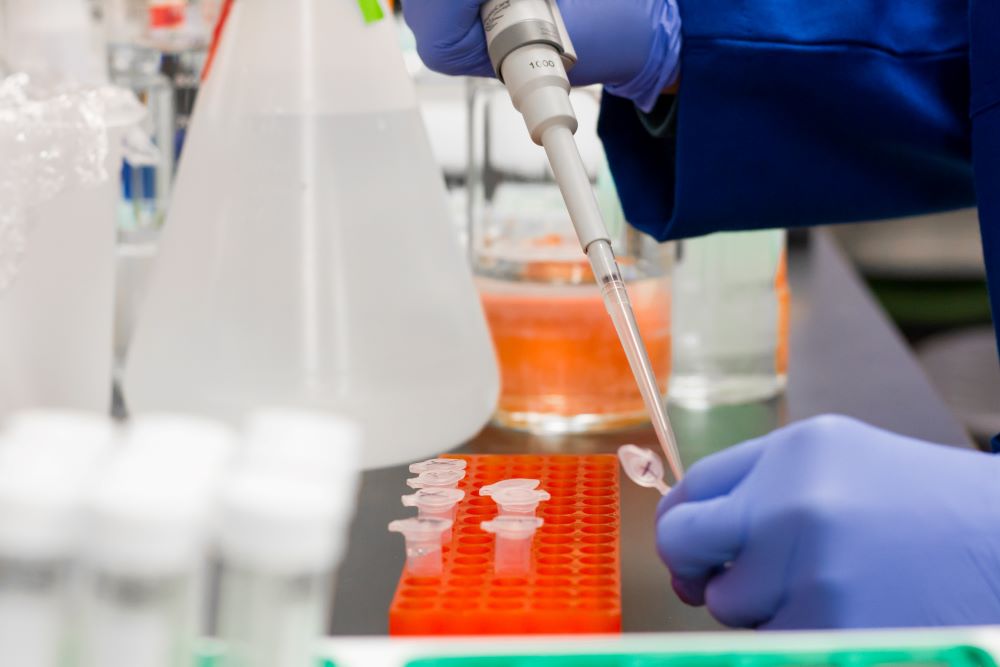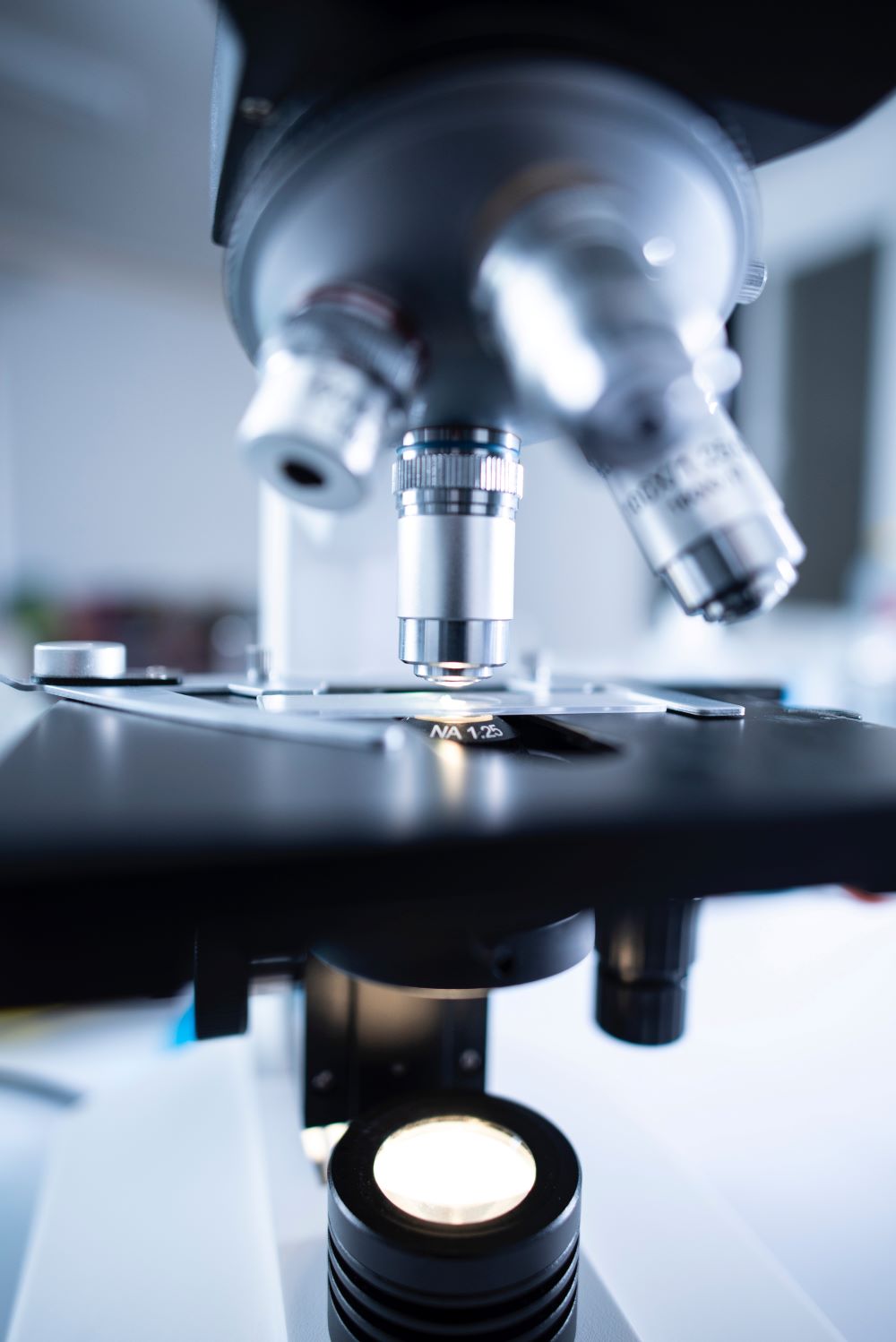Gene therapy may slow the progression of this debilitating disease.
Muscular dystrophy is a devastating disease. For young people who are diagnosed with this disease and their parents receiving such a diagnosis is an extremely difficult time. The outlook for those with muscular dystrophy is not particularly good as most people impacted wind up needing a wheelchair relatively early in life, and even making it to age 40 is considered a good outcome in light of what the disease can do. Against that backdrop, it’s easy to understand why parents would be excited about any potential new treatment that can bring some additional hope and optimism to the situation. Recently, a new gene therapy has been developed that is now in the testing stages, and some are hopeful that it can wind up delivering positive results for people in this situation.
To understand how this gene therapy is supposed to work, it’s important to first understand what is going on in a patient with muscular dystrophy. In this condition, the affected individual doesn’t produce a protein called dystrophin, or may not produce enough of it. It is believed that supplying the patient with a gene that can produce a version of the protein may help to slow the progression of the disease.

So, trillions of small viruses (that don’t pose any harm to the body) are delivered into a patient’s muscles. These viruses have been modified in a way that allows them to produce a tiny version of traditional dystrophin. If it works as some believe, this treatment could reduce the severity of symptoms and potentially improve both the quality and length of life for patients.
It would be great if it was known for certain that this treatment was effective, but that’s just not the case. Much of what is believed about how this treatment will perform is purely speculative at this point, which is why some people don’t believe the treatment is worthy of accelerated approval. Getting that approval could potentially help patients by letting them start with the gene therapy right away, but it also may mean administering an expensive treatment that doesn’t wind up helping anyone in the end.
There is strong debate within the FDA on this topic, and it’s yet to be seen if it will receive the accelerated approval that has been requested by the creator of the treatment. If approval is granted, further testing and research will be required to monitor the performance of the therapy and whether or not it should remain on the market permanently as an option for those with muscular dystrophy.
Very little is known at this point about how effective this gene therapy, or other therapies, will be in helping people diagnosed with muscular dystrophy. Also, it’s important to remember that expectations should always be tempered early in the development and research process as only a small percentage of treatments wind up being effective in the long run. With that said, it is exciting to see new developments, and we can hope for all affected that this new approach will provide some measure of improvement for their condition.
Sources:
Gene therapy for muscular dystrophy stirs hopes and controversy


Join the conversation!